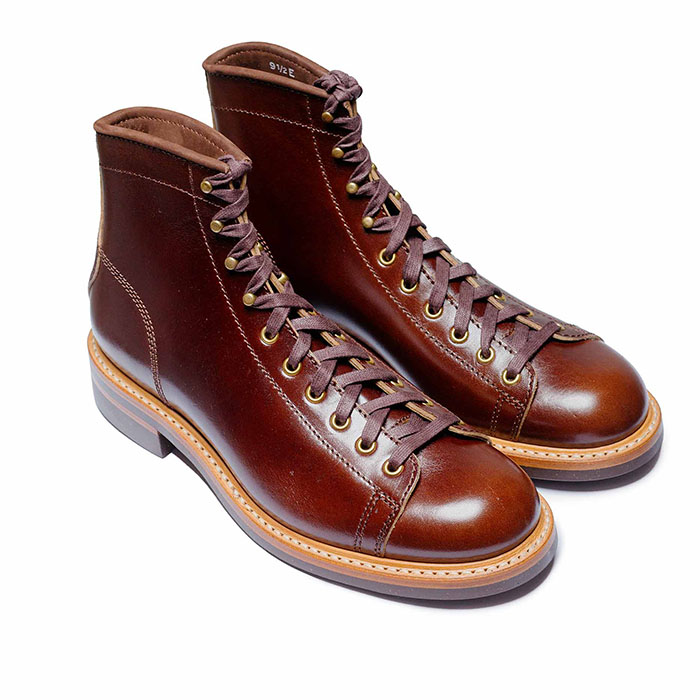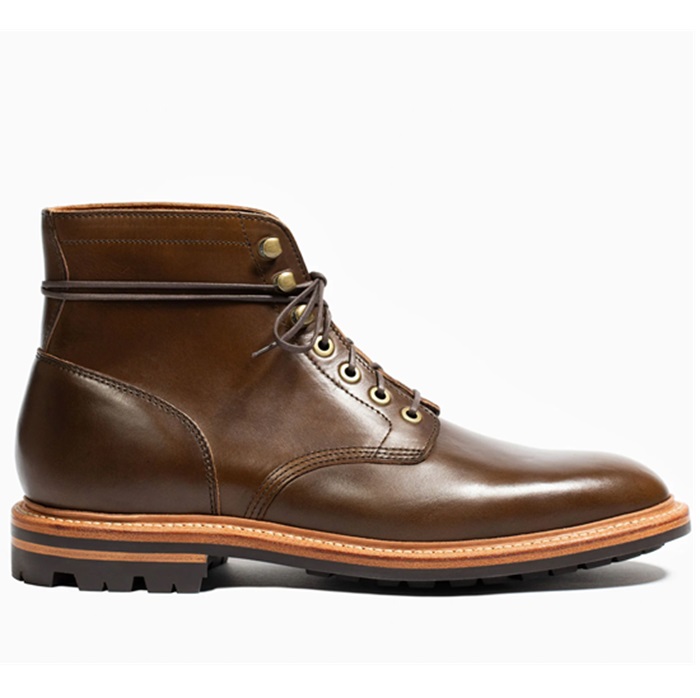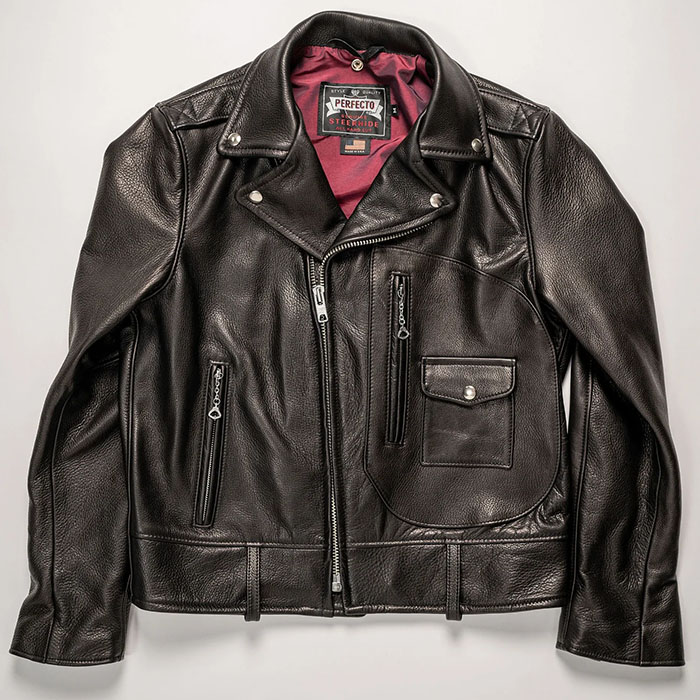- Messages
- 4,943
Reprinted from the old Fedora Lounge:
A term that has been corrupted and perverted. You certainly won't find any gentlemen in the cesspools advertised on billboards. They are filled with men of ill repute who don't want to be recognized. Where women are barred from entering the true gentlemen's club, they pack in as many as possible females that are willing to compromise themselves for drugs or money in the new variety.
This is a crying shame. I love the rich woods and the standards held high in the traditional gentlemen's club. Only in England have I been able to find establishments for distinguished men to discuss the issues of the day over a brandy.
Here are some I found one online:

http://www.haringtonclub.co.uk/index.htm newwindow
http://www.carltonclub.co.uk/index2.htm
Here is an article that I found interesting on the subject.
Enjoy!
LONDON'S GENTLEMENS CLUBS
Offered by Kathleen O'Reilly
Author of A CHRISTMAS CAROL and TOUCHED BY FIRE
In London, starting in the Regency Period (1811-1820), and extending through the Victorian Period (1837-1901), gentlemen clubs enjoyed their heyday. The clubs were collections of men with some aspects in common. Some were political, some full of artists and literary aficionados, sports enthusiasts, or military men. They were quite exclusive, with selective membership rosters, sophisticated dinners, no women allowed, and an atmosphere of pomp and circumstance so enjoyed by true Brits.
Each club was a collection of several rooms, quite similar in design to an affluent house. There were elegant dining rooms with linen tablecloths and crystal chandeliers, flanked by waiters in starched white shirts. Some clubs had small tables placed for privacy; other had one long table with assigned seats. The walls were covered with pictures of their members -- princes, ambassadors, generals and everyday-men, side by side. A smoking room was usually included for those who chose to indulge, or a library for those who wanted to peruse the myriad volumes that lined the shelves. Great sweeping staircases flowed into expansive lobbies. Marble was quite common. The subscription rooms, billiard rooms, or card rooms were the site of gaming and wagers, fortunes made and fortunes lost. Clubs conveyed a comfortable atmosphere, the better for the members to escape their own less peaceful households. A place for men to discuss politics, the latest sports, or, yee gads, gossip!
The exclusive clubs were located along Pall Mall and St. James. The most famous of all to Regency Readers is White's. White's Chocolate House was founded in 1693 and started as a public coffee house. A fire destroyed the building in 1753, and White's was moved to St. James Street. Although politics played a part in the club's membership roster, at most times, including the Regency, White's was predominantly a social club. Beau Brummel gazed lazily out the bow-fronted window at White's and made judgments as the fashionable of London walked by, hundreds of years before Mr. Blackwell ever thought of a worst-dressed list. The club allowed cards, drinking, and dinner, and was most notable for it's betting book where gentlemen cast their wagers on anything and everything.
Boodles was a club that started in 1762 as a political club, but quickly established its name as the club without scandal. It was stodgy, refined, and completely English. Servants wore black knee-breeches, there was a "dirty room" for those who had the misfortune to attend dinner in less than the proper attire, and coins were boiled before they were given to members.
Brooks was one of the more popular clubs during the Regency. And yes, it best known as a gambling establishment. Charles James Fox, a heavy politico and gambler extraordinaire, was a frequent visitor. History has it that he played for 22 consecutive hours and lost 11,000 guineas that night. Eventually, the man was overcome by his debts, but in the true spirit of friendship, his club buddies bailed him out (presumably so they could win off him again).
The most famous of all was originated by Sir Walter Raleigh and met at the Mermaid Tavern on Bread Street in Cheapside. Shakespeare, Beaumont, Fletcher, and Donne were members. Ben Jonson and Shakespeare were frequent verbal sparring partners, Jonson the refined academic, and Shakespeare the quick-wit. Oh, to have been a fly on that wall!
Memberships in most clubs was a cut-throat business. New members were approved by a committee, and then voted on by the general membership. If a man wasn't of the right caliber, or political affiliation, he would be refused. In some families, club memberships have passed down through generations. Very few men of stature or import did not belong to one club or another. It seemed to be almost expected.
Sadly, the days of a refined gentleman's club are fading rapidly. In 1900, there were more than 200 clubs in London. Most are now gone.

Here are some in the US:

http://www.chicagoathletic.com newwindow]Chicago Athletic

http://www.therainierclub.com newwindow
A term that has been corrupted and perverted. You certainly won't find any gentlemen in the cesspools advertised on billboards. They are filled with men of ill repute who don't want to be recognized. Where women are barred from entering the true gentlemen's club, they pack in as many as possible females that are willing to compromise themselves for drugs or money in the new variety.
This is a crying shame. I love the rich woods and the standards held high in the traditional gentlemen's club. Only in England have I been able to find establishments for distinguished men to discuss the issues of the day over a brandy.
Here are some I found one online:

http://www.haringtonclub.co.uk/index.htm newwindow
http://www.carltonclub.co.uk/index2.htm
Here is an article that I found interesting on the subject.
Enjoy!
LONDON'S GENTLEMENS CLUBS
Offered by Kathleen O'Reilly
Author of A CHRISTMAS CAROL and TOUCHED BY FIRE
In London, starting in the Regency Period (1811-1820), and extending through the Victorian Period (1837-1901), gentlemen clubs enjoyed their heyday. The clubs were collections of men with some aspects in common. Some were political, some full of artists and literary aficionados, sports enthusiasts, or military men. They were quite exclusive, with selective membership rosters, sophisticated dinners, no women allowed, and an atmosphere of pomp and circumstance so enjoyed by true Brits.
Each club was a collection of several rooms, quite similar in design to an affluent house. There were elegant dining rooms with linen tablecloths and crystal chandeliers, flanked by waiters in starched white shirts. Some clubs had small tables placed for privacy; other had one long table with assigned seats. The walls were covered with pictures of their members -- princes, ambassadors, generals and everyday-men, side by side. A smoking room was usually included for those who chose to indulge, or a library for those who wanted to peruse the myriad volumes that lined the shelves. Great sweeping staircases flowed into expansive lobbies. Marble was quite common. The subscription rooms, billiard rooms, or card rooms were the site of gaming and wagers, fortunes made and fortunes lost. Clubs conveyed a comfortable atmosphere, the better for the members to escape their own less peaceful households. A place for men to discuss politics, the latest sports, or, yee gads, gossip!
The exclusive clubs were located along Pall Mall and St. James. The most famous of all to Regency Readers is White's. White's Chocolate House was founded in 1693 and started as a public coffee house. A fire destroyed the building in 1753, and White's was moved to St. James Street. Although politics played a part in the club's membership roster, at most times, including the Regency, White's was predominantly a social club. Beau Brummel gazed lazily out the bow-fronted window at White's and made judgments as the fashionable of London walked by, hundreds of years before Mr. Blackwell ever thought of a worst-dressed list. The club allowed cards, drinking, and dinner, and was most notable for it's betting book where gentlemen cast their wagers on anything and everything.
Boodles was a club that started in 1762 as a political club, but quickly established its name as the club without scandal. It was stodgy, refined, and completely English. Servants wore black knee-breeches, there was a "dirty room" for those who had the misfortune to attend dinner in less than the proper attire, and coins were boiled before they were given to members.
Brooks was one of the more popular clubs during the Regency. And yes, it best known as a gambling establishment. Charles James Fox, a heavy politico and gambler extraordinaire, was a frequent visitor. History has it that he played for 22 consecutive hours and lost 11,000 guineas that night. Eventually, the man was overcome by his debts, but in the true spirit of friendship, his club buddies bailed him out (presumably so they could win off him again).
The most famous of all was originated by Sir Walter Raleigh and met at the Mermaid Tavern on Bread Street in Cheapside. Shakespeare, Beaumont, Fletcher, and Donne were members. Ben Jonson and Shakespeare were frequent verbal sparring partners, Jonson the refined academic, and Shakespeare the quick-wit. Oh, to have been a fly on that wall!
Memberships in most clubs was a cut-throat business. New members were approved by a committee, and then voted on by the general membership. If a man wasn't of the right caliber, or political affiliation, he would be refused. In some families, club memberships have passed down through generations. Very few men of stature or import did not belong to one club or another. It seemed to be almost expected.
Sadly, the days of a refined gentleman's club are fading rapidly. In 1900, there were more than 200 clubs in London. Most are now gone.

Here are some in the US:

http://www.chicagoathletic.com newwindow]Chicago Athletic

http://www.therainierclub.com newwindow




